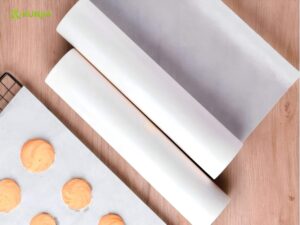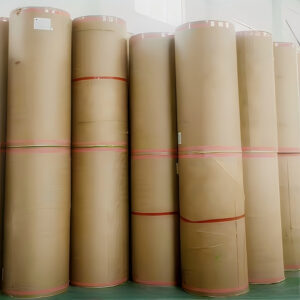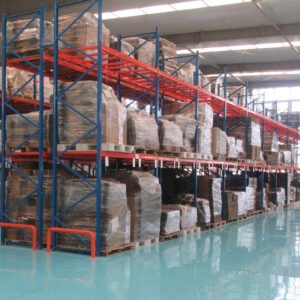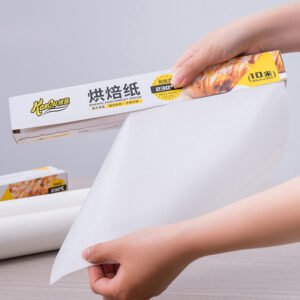In high-volume foodservice environments—where ovens run nonstop and workflows are tightly timed—baking paper isn’t just a supply item; it’s an essential performance tool. But even the best paper can lose its effectiveness if not stored correctly.
At 倫家新材料, we’ve supplied thousands of food production lines, bakery chains, and catering distributors across more than 30 countries. And one common issue we help resolve? Improper storage leading to paper degradation, waste, and food safety risks.
In this guide, we break down the best practices for storing baking paper in industrial kitchens—protecting quality, performance, and compliance at every stage.
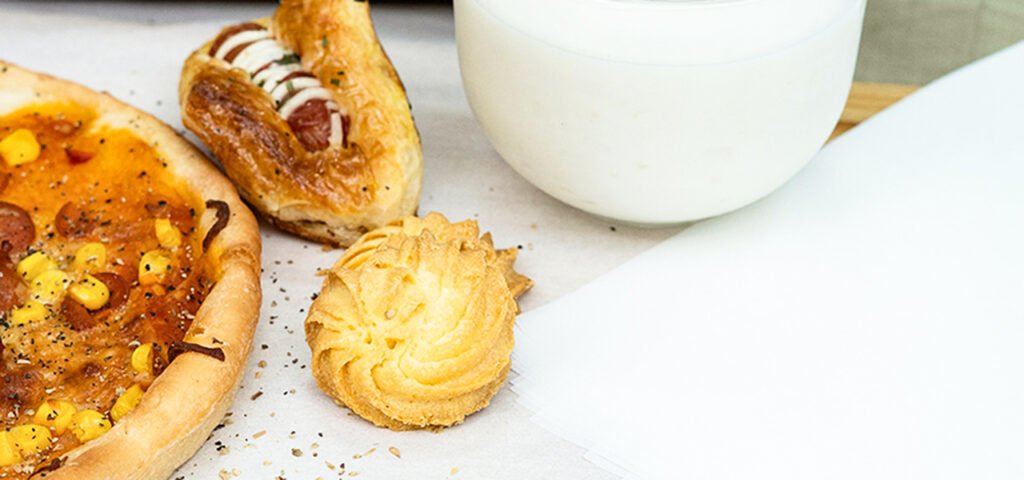
📦 1. Know the Shelf Life of Baking Paper
While baking paper doesn’t “expire” like food, its performance degrades over time—especially under poor conditions.
✅ Shelf life: 18–24 months when stored properly
⚠️ Risks of poor storage:
- Humidity = fiber expansion, mold risk
- Heat = silicone layer degradation
- Dust or oils = surface contamination
- Rodents or insects = hygiene hazard
Pro tip: Always check the production date and request COAs (Certificates of Analysis) when storing baking paper for extended periods.
🌡️ 2. Maintain Cool, Dry Storage Conditions
To keep baking paper shelf-stable and safe for food contact, store it under the following conditions:
- ✅ Temperature: 10–30°C (50–86°F)
- ✅ Humidity: Below 60% RH
- ⛔ Avoid direct sunlight, steam areas, or heat vents
High humidity causes paper to warp or stick together, while prolonged heat weakens silicone coatings. Even if Runjia’s moisture-protected packaging helps during shipping, on-site conditions matter just as much.
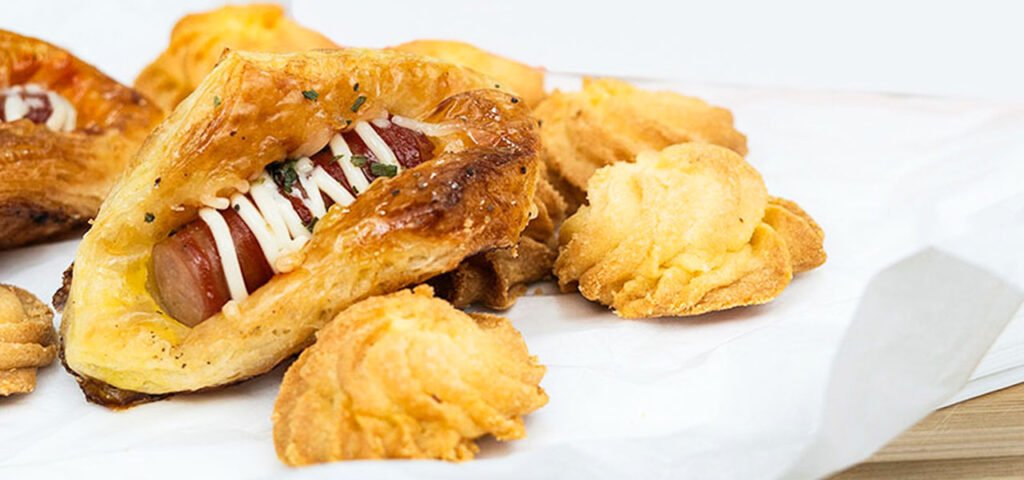
🧯 3. Prevent Cross-Contamination in Shared Storage
Baking paper is a direct food-contact material—meaning it must be treated like any ingredient.
Never store baking paper near:
- Flour, sauces, spices
- Cleaning chemicals or disinfectants
- Trash bins or maintenance supplies
- Hot trays or flame equipment
Best practice: Assign a labeled, enclosed space for “FOOD-GRADE WRAPS ONLY” in prep areas. This minimizes risks of cross-contamination and maintains hygiene compliance.
Runjia also offers sealed kraft dispenser boxes—a smart option to keep sheets clean and ready to grab during busy shifts.
🧰 4. Handling Best Practices for Kitchen Staff
Good storage doesn’t stop at shelving—handling practices also impact performance.
- 🛠️ Don’t fold or crease rolls: It damages the coating
- ✂️ Use clean, sharp blades for cutting sheets
- 🤲 Avoid wet or greasy hands when touching paper
- 🔁 FIFO rotation: Always use the oldest stock first
Runjia’s pre-cut sheets can be packed in PE-lined cartons, offering extra moisture protection for humid regions or freezer storage.
📋 5. Store by Format: Rolls, Sheets & Rounds
Each baking paper format has specific storage needs:
| Format | Storage Tip | Runjia’s Solution |
|---|---|---|
| Rolls | Store upright or on racks | Film-wrapped ends for cleanliness |
| Pre-Cut Sheets | Keep flat in original box, seal after use | Kraft-wrapped bundles available |
| Round Liners | Avoid stacking too high | Ask for cartons with paper dividers |
Need help organizing large volumes? We offer palletized cartons and multi-language handling guides for your warehouse or kitchen teams.
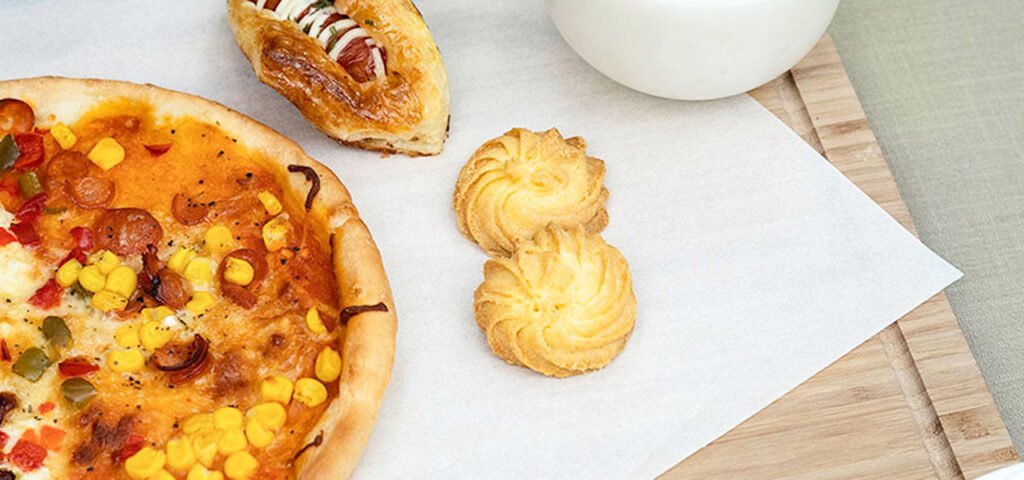
📋 5. Store by Format: Rolls, Sheets & Rounds
Each baking paper format has specific storage needs:
| Format | Storage Tip | Runjia’s Solution |
|---|---|---|
| Rolls | Store upright or on racks | Film-wrapped ends for cleanliness |
| Pre-Cut Sheets | Keep flat in original box, seal after use | Kraft-wrapped bundles available |
| Round Liners | Avoid stacking too high | Ask for cartons with paper dividers |
Need help organizing large volumes? We offer palletized cartons and multi-language handling guides for your warehouse or kitchen teams.
📩 Request food-safe dispenser boxes or moisture-proof packaging?
Contact us today:
📧 電子メール: sales21@runjianewmaterial.com
🌐 Website: https://runjiapaper.com
📘 フェイスブック: Runjia Facebook Page



